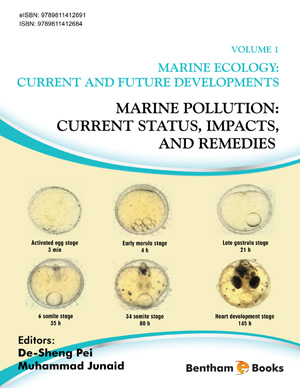Abstract
Variation partitioning is another important statistical method in numerical ecology studies. The purpose of variation partitioning is to decompose the variation presented by the species compositions across the studied sites into different categories. These categories of variation could be attributed to spatial covariates, environmental covariates, climatic covariates or others. In community ecology, spatial component of variation in the resultant ecological communities widely existed in ecological data sets. This is because spatial autocorrelation was a very natural phenomenon describing the similarity of neighboring objects (e.g., species richness, species community structure or others). However, environmental gradients are also very dominant and widely observed in ecological community structure. Thus, what are the relative importance of environmental gradients and spatial autocorrelation on structuring ecological communities? Variation partitioning helps address this question.
Keywords: ANOVA, environment-trait relationship, F-statistics, Moran’s I index, multivariate statistics, ordination analyses, spatial autocorrelation, spatial statistics, species distribution and diversity patterns, temporal autocorrelation, variation decomposition.









